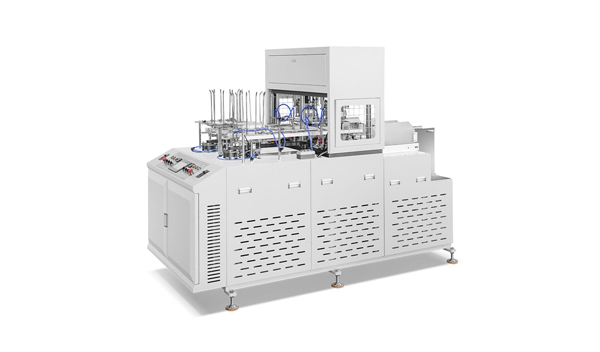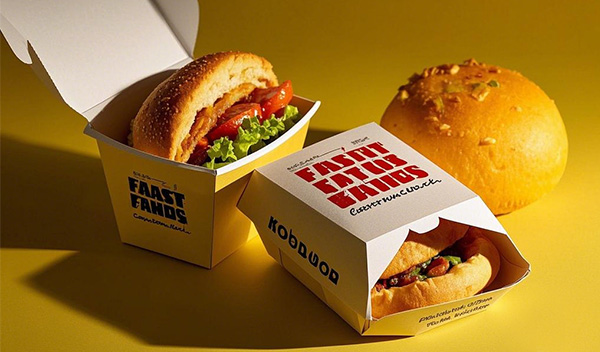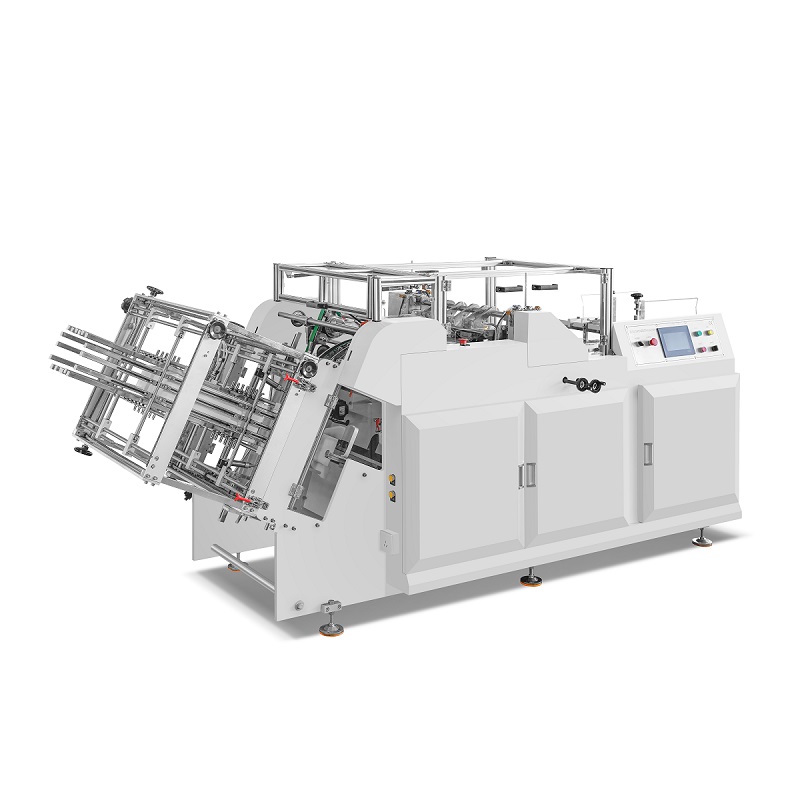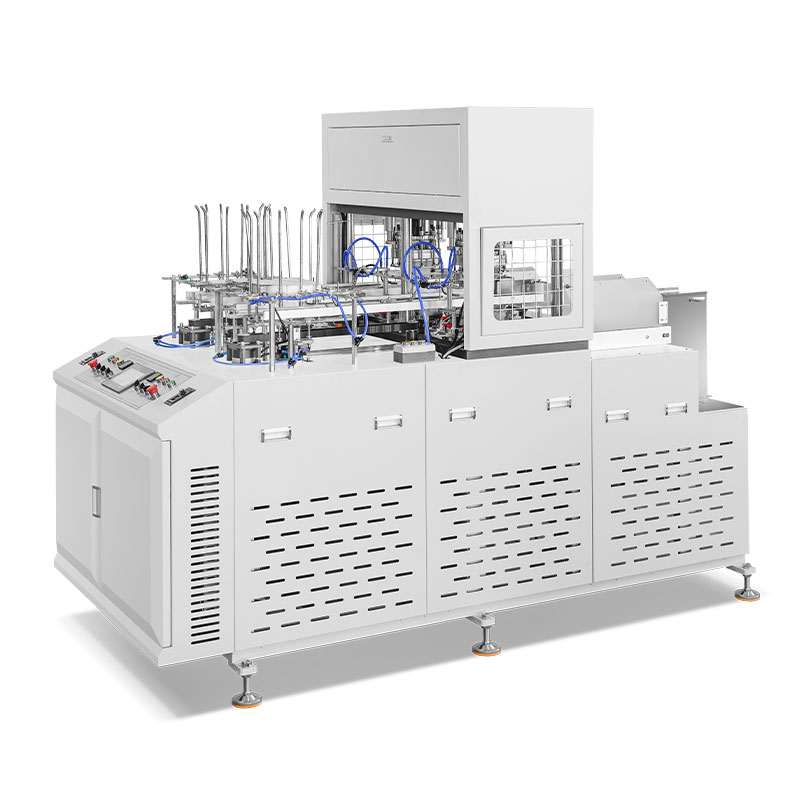In today's fast-paced life, preparing a delicious and nutritious lunch box is a great way to ensure that we can enjoy a satisfying meal throughout the day. Whether it is preparing lunch for work, school or a picnic, the process is both fun and brings a full sense of accomplishment. How to make a lunch box has the following steps, mainly designing the shape and appearance, purchasing raw materials, printing, die-cutting, and finally quality testing, packaging and warehousing. The following is a detailed guide.
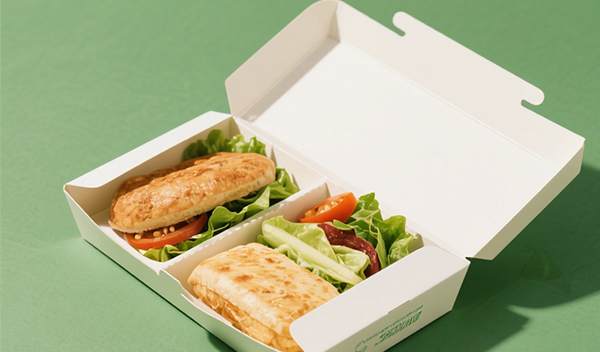
Design
Determine the size and shape: Design the appropriate lunch box size and shape according to the target market and usage needs. For example, lunch boxes for office workers can be designed as rectangular, which is convenient for placing various foods and easy to carry; if it is a children's lunch box, you can consider designing it into a cute cartoon shape to increase the fun.
Appearance design: Design the appearance in combination with the corporate brand image or the preferences of the target customer group. You can design simple and stylish, colorful or culturally meaningful patterns and texts to attract consumers' attention. For example, lunch boxes designed for health food companies can use green as the main color, with patterns of fresh ingredients to convey the concept of health and environmental protection.
Raw material procurement
Paper selection: Choose food-grade cardboard or corrugated paper. Food-grade cardboard has good stiffness and printing adaptability, smooth surface, and is suitable for direct contact with food; corrugated paper has good pressure resistance and cushioning performance, can protect the food in the lunch box, and is often used to make outer boxes or parts with special structural requirements.
Other materials: Prepare environmentally friendly glue, ink and other auxiliary materials. Glue must be non-toxic, odorless, and meet food packaging safety standards; ink should be edible or environmentally friendly to protect the health of users.
Printing
Use appropriate printing technology: Choose offset printing, flexographic printing or digital printing according to design requirements and budget. Offset printing is suitable for large-scale, high-precision printing with high color reproduction; flexographic printing is often used for printing on materials such as corrugated paper, and has low cost; digital printing is suitable for small-volume, personalized orders, and can quickly implement design changes.
Quality inspection: After printing is completed, carefully check the printing quality, including pattern clarity, color accuracy, and whether there are problems such as missing or ghosting. Products that do not meet quality standards will be reworked or scrapped.
Die-cutting and forming
Die-cutting: Use a die-cutting machine to cut the paper into the required parts according to the designed shape and size. Pay attention to the sharpness and precision of the knife during the die-cutting process to ensure that the cuts are neat and smooth without burrs or size deviations.
Folding and gluing: Fold the die-cut paper according to the predetermined structure and glue it into shape with glue. For some complex lunch box structures, special molding equipment or tools may be required to ensure the regular shape and firm structure of the lunch box. For example, when making a lunch box with a partition, the partition part must be folded and glued accurately to ensure its stability and sealing.
Quality inspection
Appearance inspection: Check whether the lunch box is neat and tidy, and whether there are stains, scratches or damage. Check whether the printed pattern is clear, complete, and the color is uniform.
Structural inspection: Check whether the structure of the lunch box is firm, whether the folding is tight, and whether there is any debonding at the pasting part. Test the load-bearing capacity and compression resistance of the lunch box to ensure that it will not be deformed or damaged under normal use.
Food safety inspection: Send the lunch box to a professional testing agency for food safety testing. The test items include the migration of harmful substances in paper, the safety of glue and ink, etc., to ensure that the lunch box meets the relevant food packaging safety standards.
Packaging and Warehousing
Packaging: Pack the paper lunch boxes that have passed the inspection. Plastic bags, paper boxes or shrink films can be used. The packaging method should be convenient for transportation and storage, and protect the lunch boxes from damage during circulation. For example, a single lunch box is packed in a plastic bag and then put into a paper box. Each box is packed according to a certain quantity.
Warehousing: Store the packaged lunch boxes in the warehouse and classify them according to specifications, models and batches. The warehouse should be kept dry and ventilated to prevent the paper from getting damp, moldy or deformed. At the same time, a complete inventory management system should be established to facilitate tracking and management of the entry and exit of lunch boxes.
Zhixin's machines can perfectly complete the above tasks. Lunch Box Making Machine is a special molding machine, it can produce lunch boxes with lids, rice boxes with lids, etc., which are made of white card coated paper, ox card coated paper, which are more environmentally friendly than plastic boxes.
In short, when making paper lunch boxes, companies should pay attention to the quality and safety of the products, and constantly optimize the production process if you want to improve production efficiency to meet market demand.



